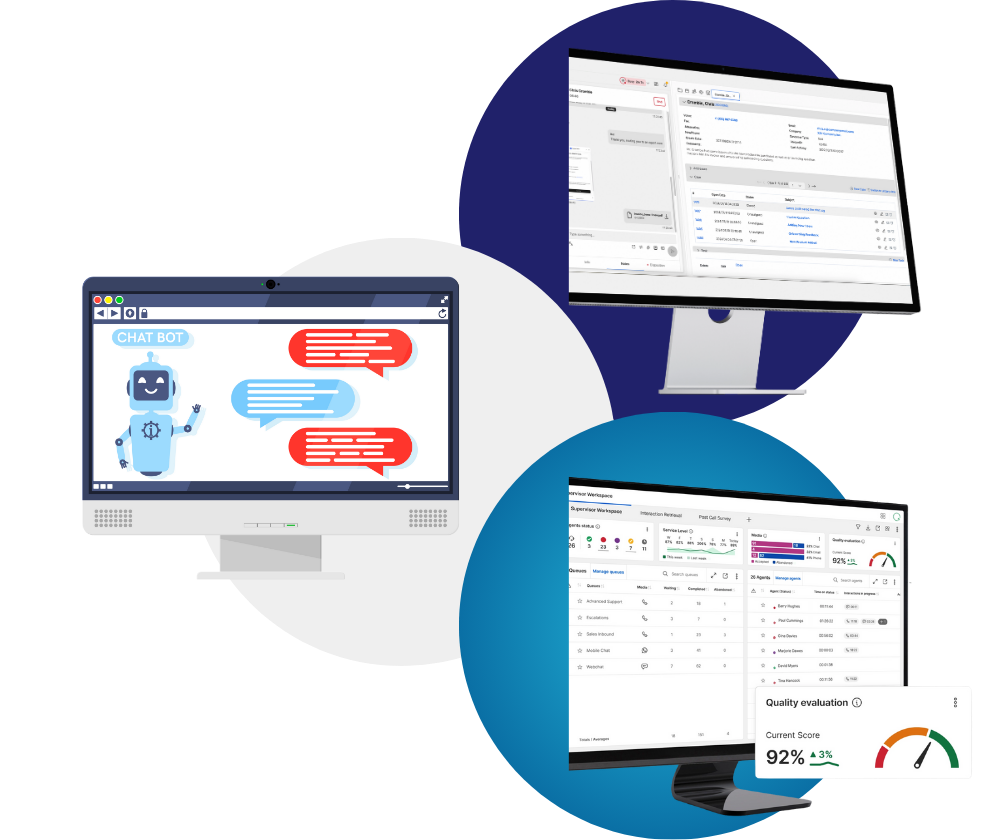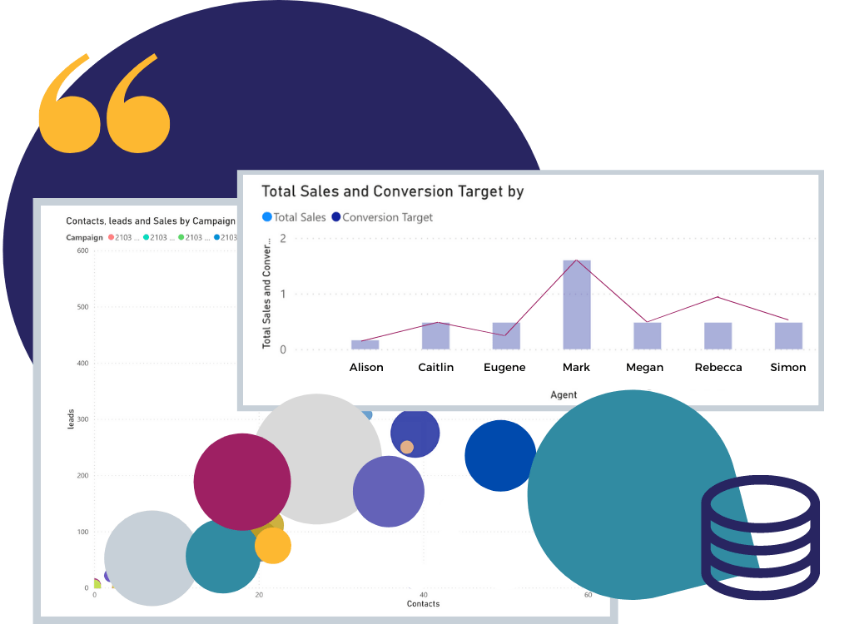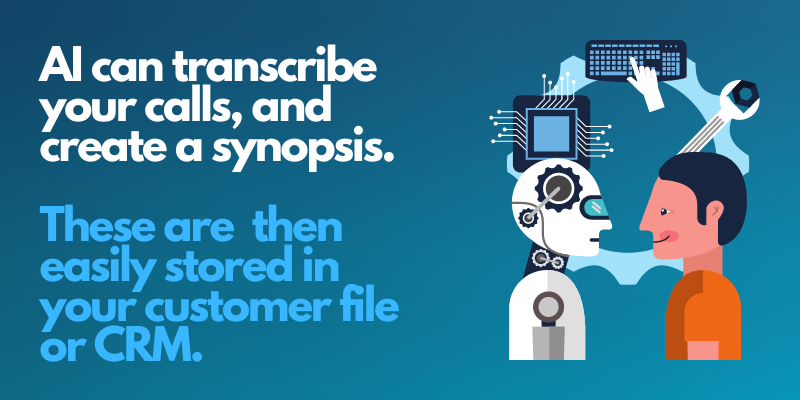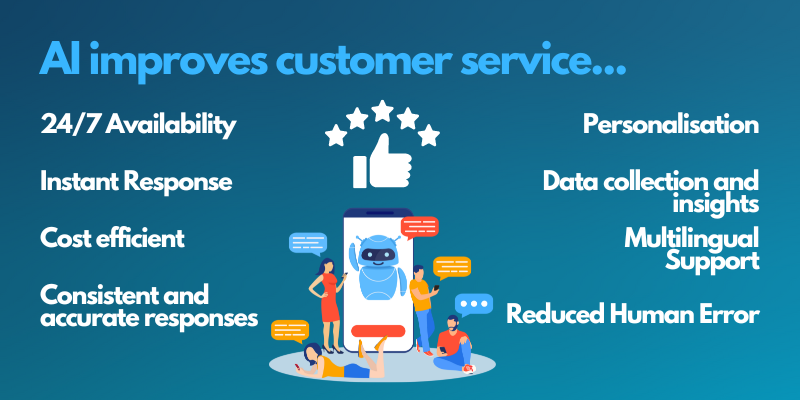Cloud Telephony vs Contact Centre: What’s the difference and why do you need it
Cloud Telephony vs. Contact Centre: What’s the difference and why do you need it
Cloud Telephony vs. Contact Centre
When it comes to staying connected, the cloud has become the go-to unified communication solution, and it’s only getting bigger.
According to Gartner*, global spending on cloud services is set to reach over $723 billion in 2025. More businesses are ditching old-school infrastructure in favour of cloud-first strategies, driven by flexibility, cost reductions, AI integration, and hybrid working trends.
Two popular cloud-based communication tools that often get mixed up are cloud telephony and cloud contact centres (CCaaS). They might sound similar, but they serve very different purposes and understanding the difference can help you choose what’s right for your business.

What is Cloud Telephony?
Cloud telephony is essentially your phone system in the cloud. It allows you to make and receive calls over the internet using VoIP (Voice over IP) without needing traditional phone lines or hardware.
Whether you’re in the office, at home, or on the go, you can handle calls from your laptop, mobile, or IP phone. It often includes handy features like voicemail-to-email, call forwarding, and even video calling or chat if you’re using a Unified Communications (UCaaS) platform.
Great for: Businesses that want a professional, flexible phone system that works from anywhere, without heavy infrastructure.
What is a Cloud Contact Centre?
A cloud contact centre (CCaaS) is built for customer-facing teams. It lets businesses manage conversations across voice, email, chat, SMS, and social media, all from a single platform. It routes customer queries to the right people, integrates with CRMs, and gives team leaders powerful analytics and real-time insights.
You can also track the full customer journey, use AI-powered chatbots, and monitor agent performance in detail, making it a powerful tool for improving customer service levels and satisfaction.
Great for: Sales, support, and customer service teams handling high volumes of multi-channel interactions.

Do you have to choose just one? Not at all!
One of the best things about today’s cloud platforms is flexibility.
Many businesses use UCaaS for most staff, and add CCaaS (Contact Centre as a Service) for teams who need advanced customer engagement tools.
At Evoke Telecom, we work with market-leading providers:
8×8
8×8 delivers a unified, easy-to-use cloud platform that brings together contact centre, voice, video, chat, and Microsoft Teams integration, all enhanced by AI to boost performance and productivity. With flexible licensing, you can choose “Work” licences for everyday users and “Contact” licences for customer-facing roles, so you only pay for the features you actually need.
ipSCAPE
ipSCAPE adds powerful contact centre capabilities on top of existing systems like Wildix, without disrupting your current setup. It’s a comprehensive CCaaS solution, offering features like Dialler, Agent Scripting, Call Recording, Quality Assurance, and more — all included under one simple, all-in-one licence.
Using a mixed model approach is ideal when only a portion of your team needs the extra power that CCaaS provides.
How can CCaaS be a game-changer?
CCaaS platforms offer more than just better call handling, it is the foundation for smarter operations and stronger customer experiences. Some of the biggest wins include:
-
Advanced Reporting & Analytics: CCaaS helps elevate both your Management Information (MI), the real-time, day-to-day data used to monitor KPIs, and your Business Intelligence (BI), which uncovers trends and supports long-term strategy. With feature-rich built-in analytics tools, you gain deeper insights, better visibility, and more informed decision-making.
-
Agent Status Tracking: Understand exactly why agents are unavailable, whether they’re on lunch, writing up notes in the CRM, in training, or on a Teams call. This transparency helps with planning, productivity and having a better understanding of how your team uses its time.
-
Wallboards: Real-time dashboards display live metrics like call volumes and handling times, number of missed calls, and all data that gives supervisors and teams the visibility they need to stay on top of performance and to keep making informed decisions on how to improve.
As you can see, it’s not just about picking up the phone faster, it’s about optimising your people, processes, and data to deliver exceptional customer service. The bigger picture.
Which One’s Right for You?
While there’s general guidance on when to choose UCaaS or CCaaS, every business is different. It’s not just about what you need today, it’s also about where you’re headed, how your team will grow, and the kind of customer experience you want to deliver.
The good news? You don’t have to pick just one. Many organisations are blending UCaaS for everyday communication and CCaaS for customer-facing teams, and platforms like 8×8 and ipSCAPE are built to support that flexible approach.
At Evoke Telecom, we’re here to help you find the right mix. Whether you’re looking for simple cloud calling or a feature-rich contact centre solution, we’ll guide you through your options and match you with scalable, best-in-class tools.












